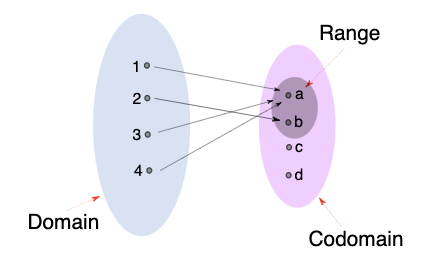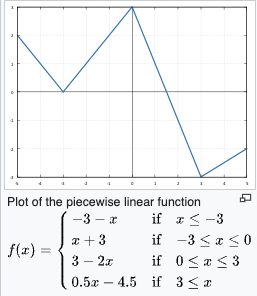Functions
1. Define functions.
2. Provide the another term for inputs and outputs of the function.
3. Can a function have two different inputs that would return the same output? Provide an example.
4. Explain the difference between equation and functions.
- Equation is a statement of equivalence.
- Function is a relationship between variables.
5. Explain the function notation
6. Explain the phrase:
7. Every function is a relation but not every relation is a function. Explain the sentence.
Every Function is a Relation: All functions are relations because they inherently establish a connection between elements of sets. Functions are a specific type of relation with the added constraint of unique output values for each input.
Not Every Relation is a Function: Not all relations are functions because they can have multiple outputs for a single input, making them more general than functions.
8. Provide the formula to represent a function
9. Provide the visual representation of domain, codomain and range.

Image Source: https://the-learning-machine.com/article/math/relations
10. Provide the formula to represent the cost of a product as a function of the quantity purchased:
11. Explain the difference between range and co-domain. Use
- Codomain: The set of all possible outputs that the function could produce, but may not actually produce.
- For the function
- For the function
- Range: The set of all possible output values that the function can produce.
- For the function
- For the function
12. Provide the formula to represent a function (f) that outputs the remaining filling for the dumping (d) given that each dumpling requires 20g of filling starting with 1500g of fillings.
13. Given the equation
- Essentially express
14. Explain absolute value function and provide the standard form.
- The absolute value of a number is its distance from zero on the number line, and it is always non-negative. This means that the absolute value of any number is the same as the number itself,
- Standard Form:
15. Solve this equation
16. Explain piecewise functions.
-
Piecewise functions also known as hybrid functions or step functions, is a function that can be defined by multiple sub-functions, where each sub-function applies to different interval in the domain.
-
Example:

Image Source: https://en.m.wikipedia.org/wiki/File:Piecewise_linear_function_gnuplot.svg